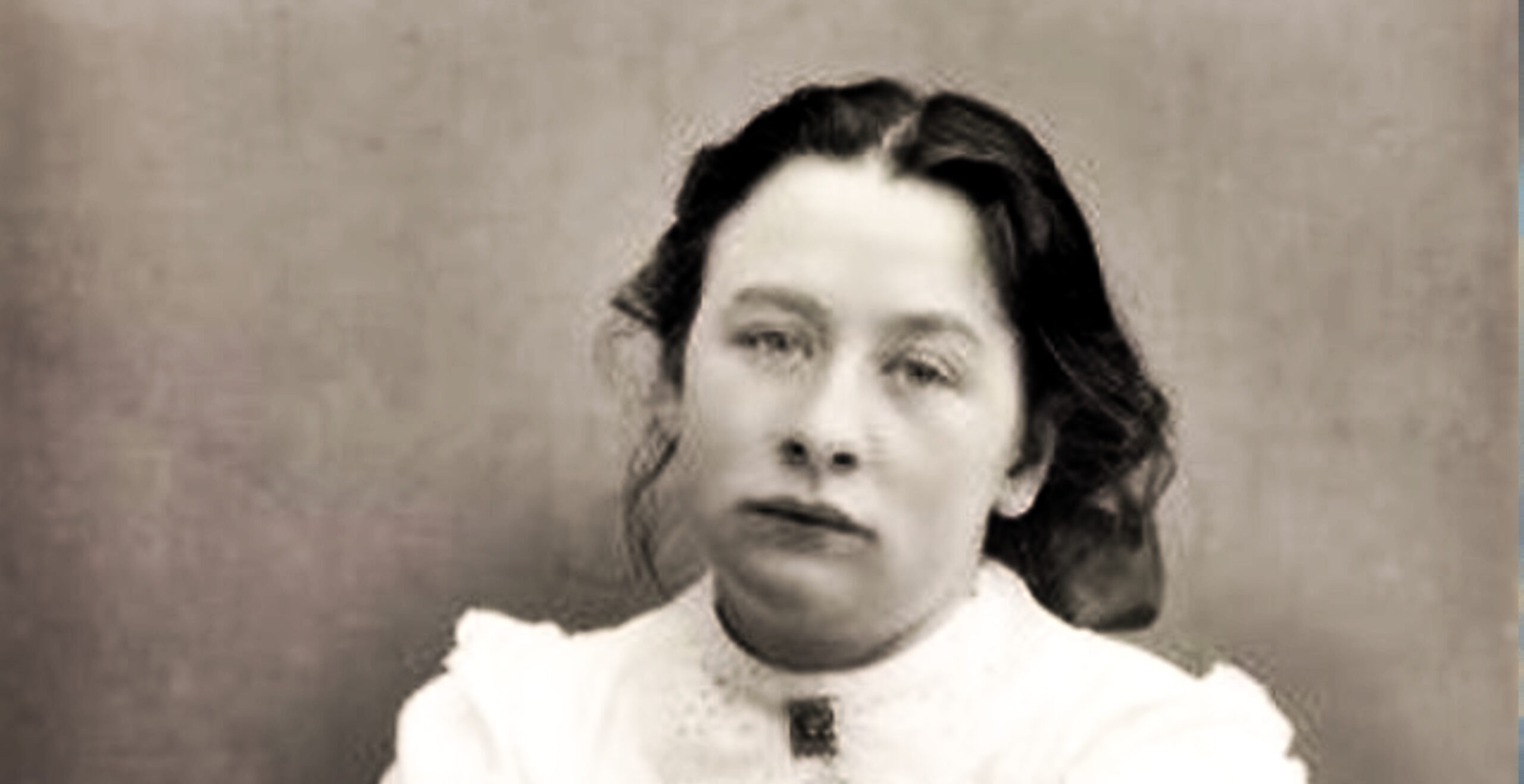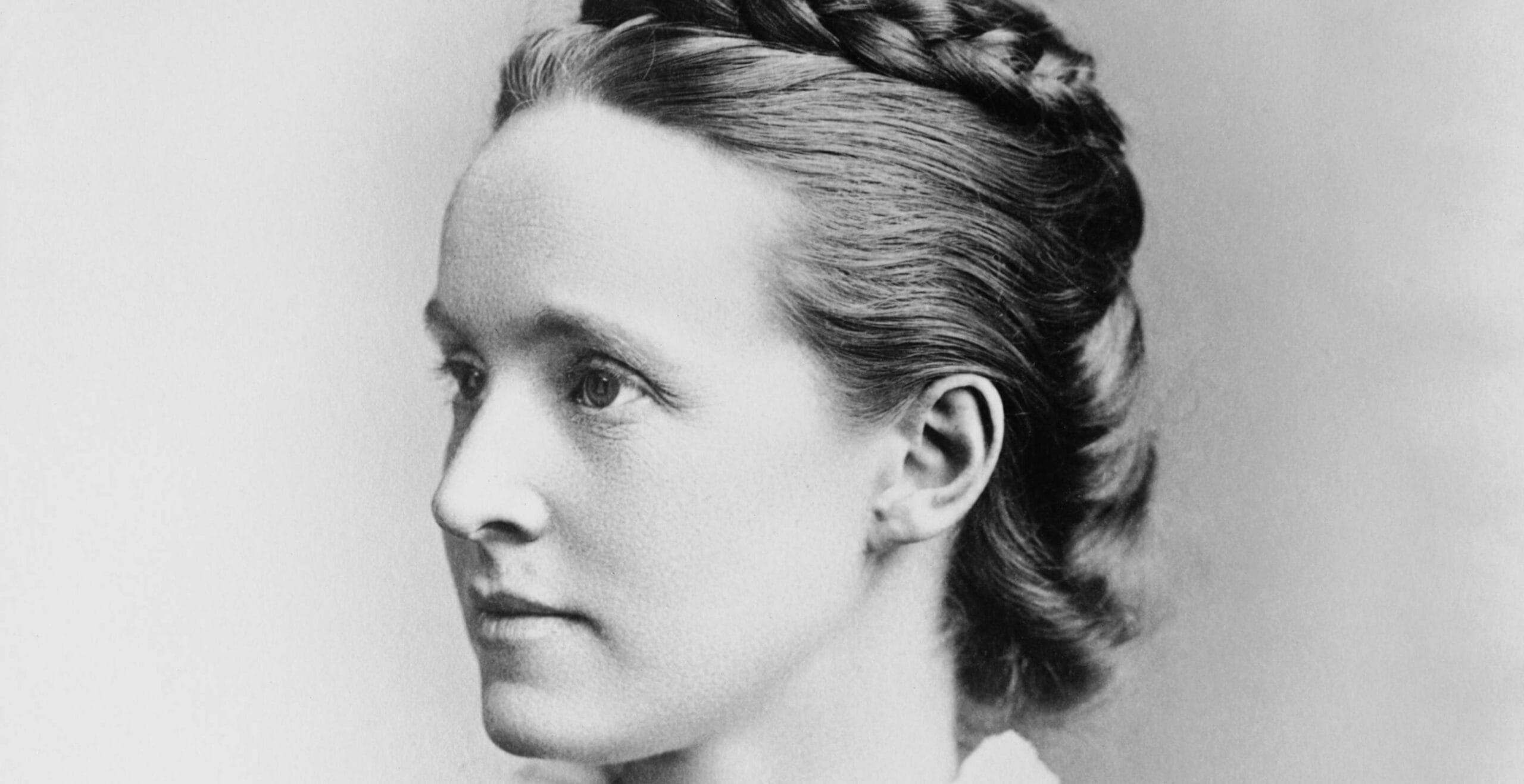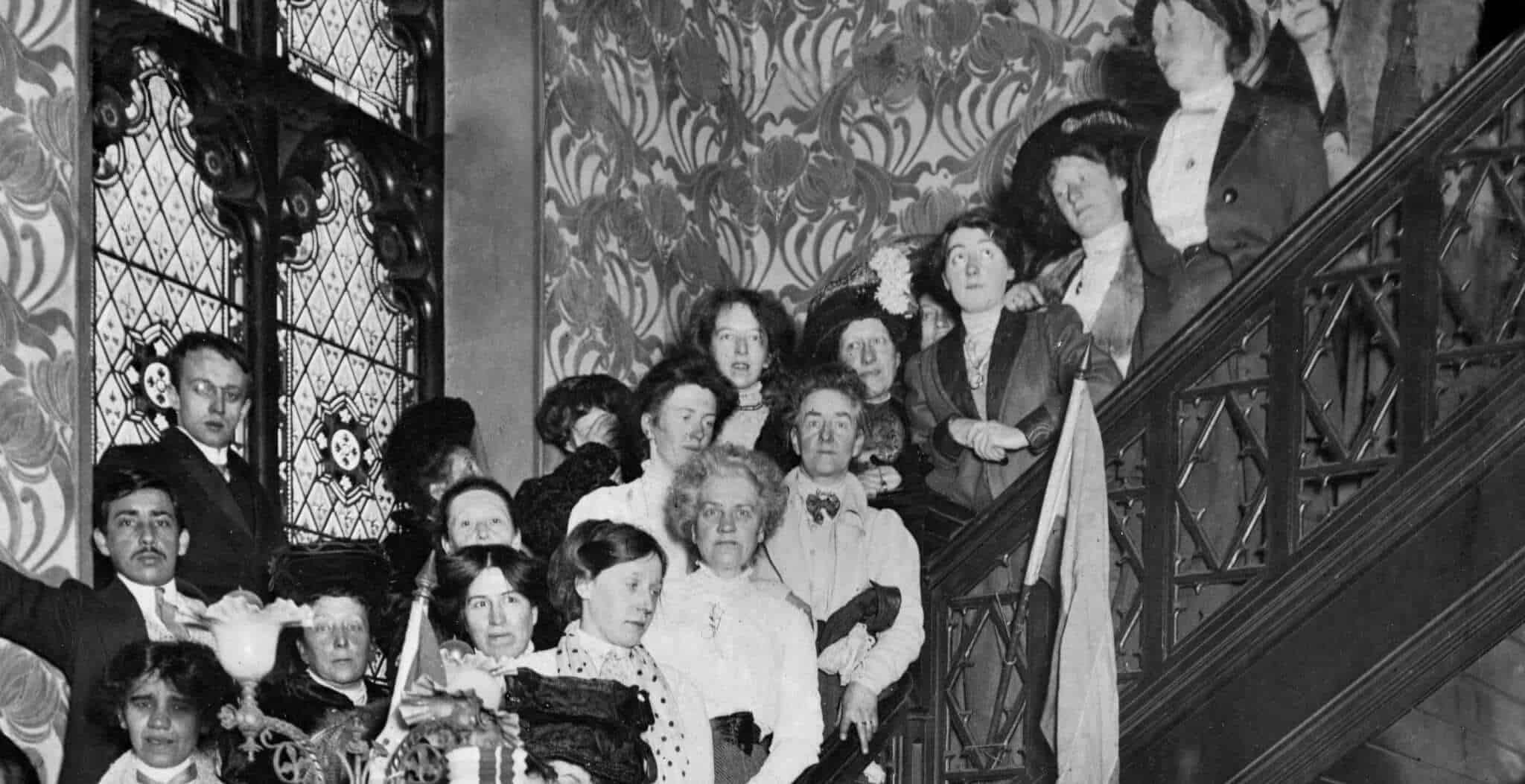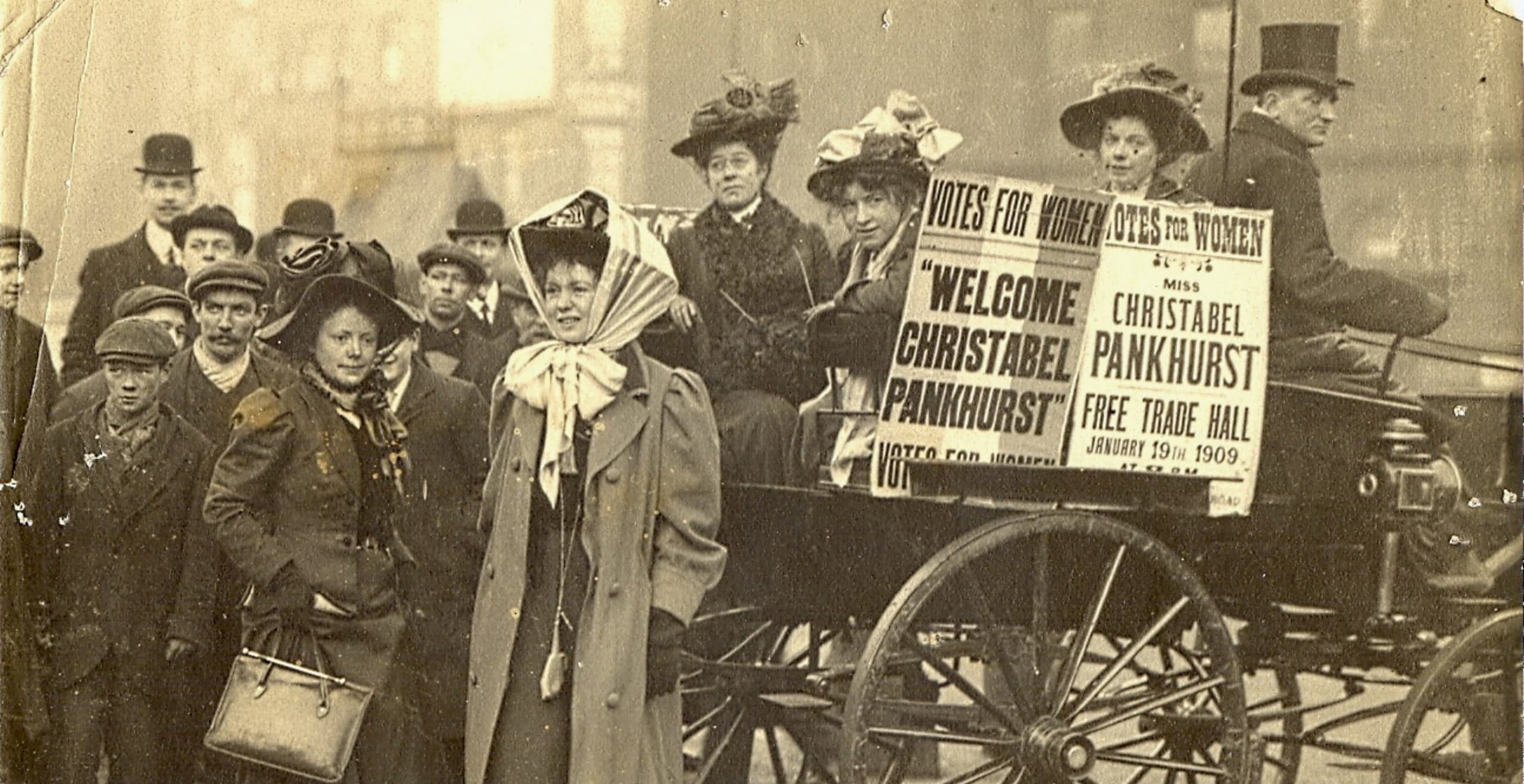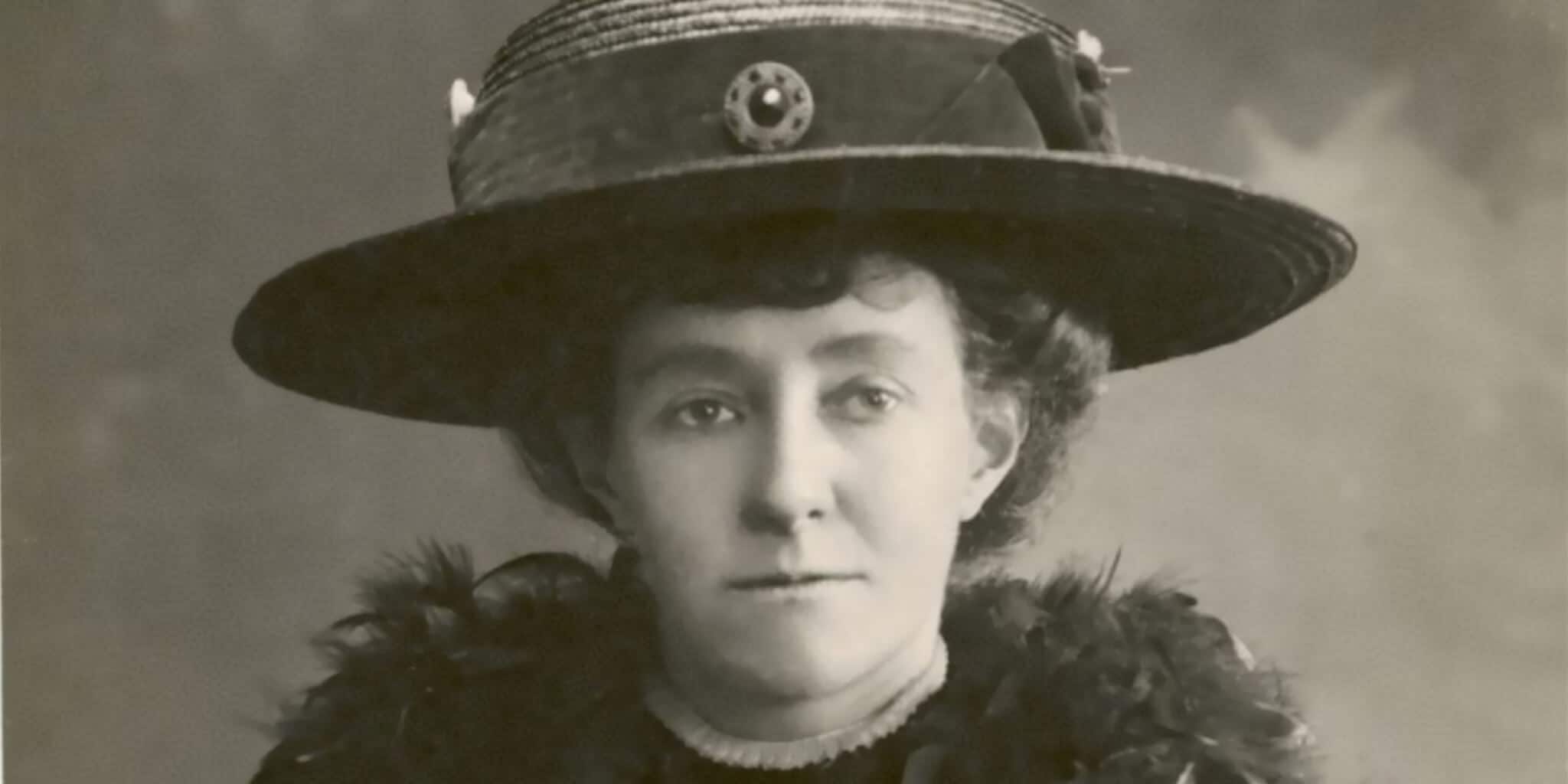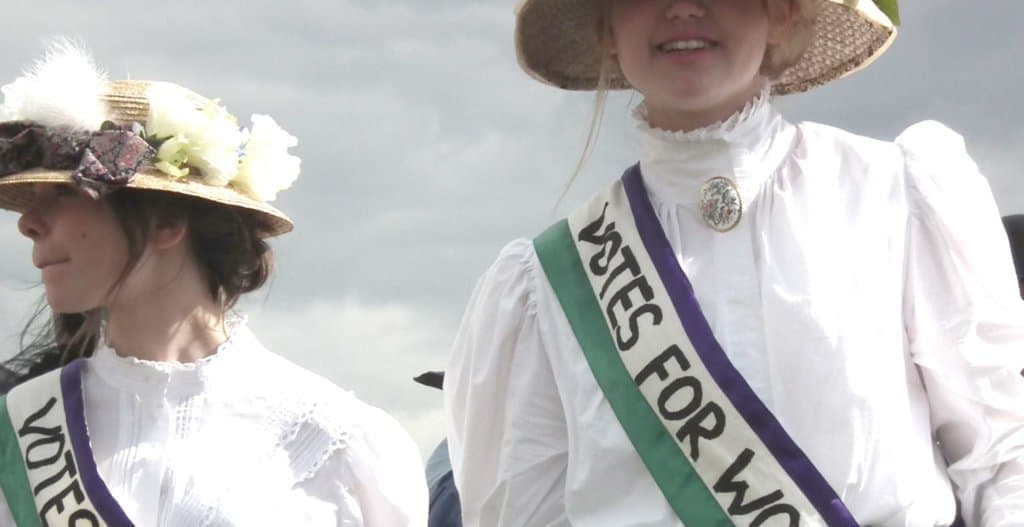You would not be mistaken in recognising Adela’s surname; the Pankhursts were, after all, the leading family behind the British suffrage movement. Of those bearing the iconic surname, the militant matriarch Emmeline Pankhurst stands out as perhaps the most notorious. Such infamy is not unwarranted. Her motto “deeds, not words” spurred a decade-long campaign of direct action and contributed significantly to bringing the issue of women’s suffrage firmly into public debate.
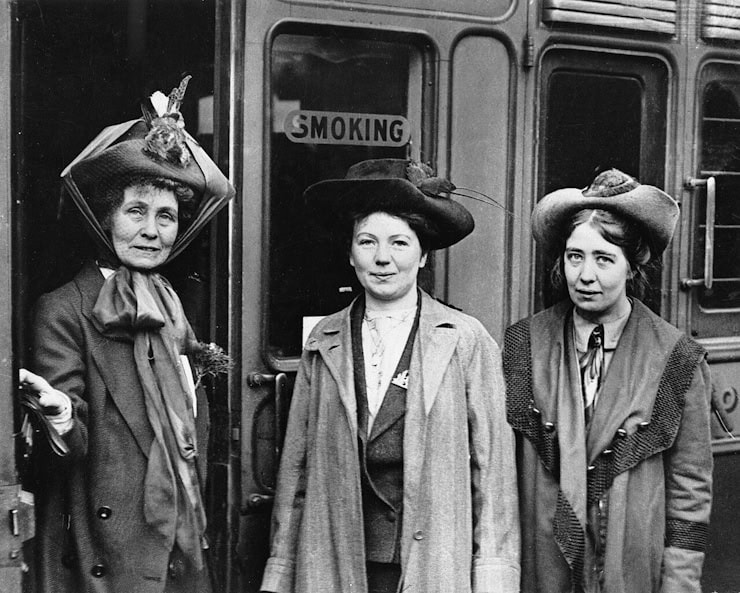
Emmeline’s two daughters, Christabel and Sylvia, likewise stand out as prominent members of the Pankhurst household. Christabel’s fame might be traced to her uncompromising militancy, and subsequent role as a leading organiser within the Women’s Social and Political Union (WSPU). Sylvia’s reputation, by contrast, can be traced to her deep commitment to pacifistic socialism, and subsequent synthesisation of workers’ rights, social reform, and women’s enfranchisement.
Adela, by contrast, is often overlooked in collective memory. Born on 19th June 1885 as the youngest of the three sisters, she became entangled in the family-based suffragette enterprise as a teenager. Nevertheless, despite briefly serving as a key WSPU organizer in Yorkshire, she eventually withdrew herself from activism, citing exhaustion from frequent bouts of imprisonment. Whatever her reasoning, the decision to cease her militancy – as well as her alignment with Sylvia’s socialism – caused an irreconcilable estrangement from the firebrand Emmiline and equally-militant Christabel.
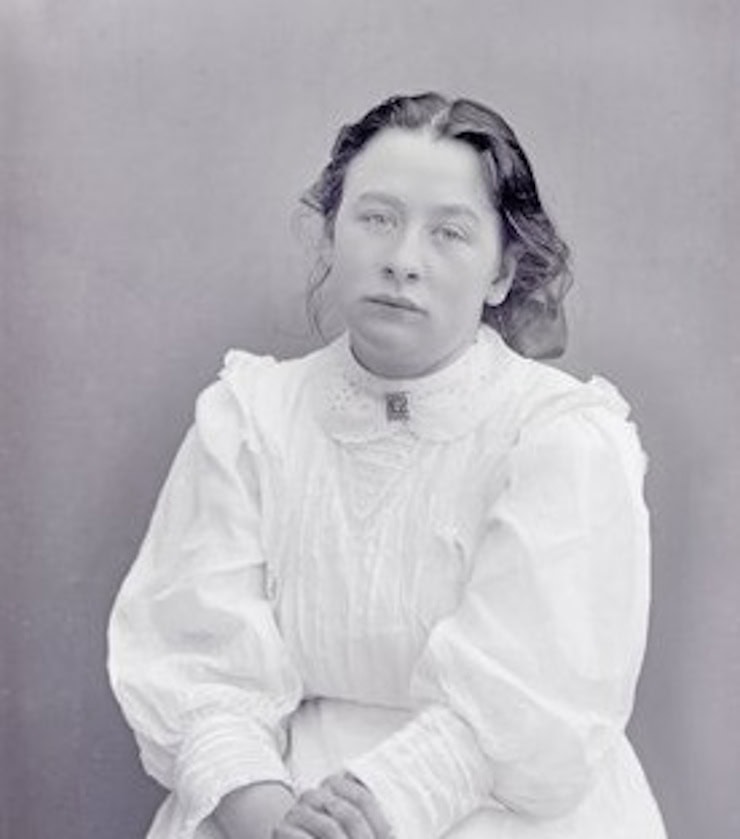 Adela Pankhurst by Col Linley Blathwayt at Eagle House in Batheaston. She wears a badge to show that she has been to prison for the cause
Adela Pankhurst by Col Linley Blathwayt at Eagle House in Batheaston. She wears a badge to show that she has been to prison for the cause
Consequently, In 1914, she was handed £20 by her mother and compelled to immigrate to Australia, whereafter she never again saw her family. Arriving in Melbourne, she almost immediately became involved with the Victorian Socialist Party, by way of a newfound relationship with the Australian feminist Vida Goldstein. Suffragette aims, however, had already been achieved in Australia, and so, following the commencement of the First World War in August, she diverted her whole attention towards a new cause: pacifism.
Resultingly, from 1914 to 1917, she partook in a variety of nation-wide anti-conscription campaigns, facing prosecution on several occasions. In September 1917, she solidified her socialist commitments by marrying the prominent Trade Unionist Tom Walsh. Thereafter, she faced imprisonment for anti-war agitation, before being released in January 1918. Then, as the war gradually ended, she was again left causeless and so bided her time writing for union magazines.
It wasn’t until 1920 that her next conviction arose: communism. Her commitment to this ideology, however, is unclear, but is generally presumed to have been fleeting. Her husband, for example, self-admittedly only ever attended two Communist Party meetings. Although Adela herself briefly contributed to Communist newsletters, she had ceased this activity by January 1922. It might yet be worth considering that, at one point, the Walshs – as they were then known – maintained positions on the burgeoning Party’s Executive Committee; thus, confusing the extent of their Communist commitments. Regardless, by early 1923, the husband-and-wife duo had completely withdrawn from the Party.
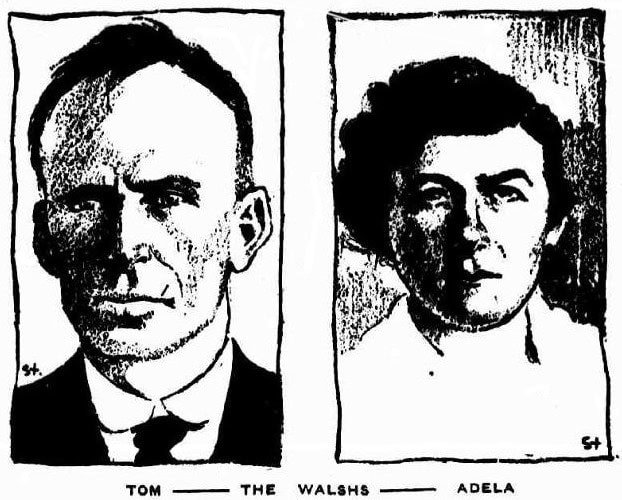
Their disillusionment with communism seems to have stemmed from the internationalist dimensions of the ideology; insofar that they claimed it prioritised “the international business of Soviet Russia …[over] the welfare of the workers of Australia”. Their growing anti-communism might have also been brought about by the oncoming Great Depression. By 1928, anti-communism had undeniably become the central mainstay of her ideological framework, as it was in this year that she formed the conservative, virulently anti-Marxist Australian Women’s Guild of Empire (AWGE).
Her stint as a conservative served to be her longest lasting ideological arc and persisted well into the 1930s. From 1939-1940, however, she discarded her moderate right-leaning advocacy in favour of fascism. This shift did not occur in isolation. As early as 1931, her ideological disposition had begun to take considerable inspiration from third-way corporatism, oriented around a belief in industrial co-operation and national unity.
Her shift to the far-right was consolidated in October 1941, when she became a founding member and foremost organiser for the outrightly-fascist Australia First Movement (AFM); which she helped form alongside the Rhoades Scholar and fellow communist-turned-fascist P.R. Stephensen. Her fascist framework was, however, idiosyncratic. This is evident by Adela’s affinity towards Imperial loyalism, which directly conflicted with the anti-British nativism espoused by the AFM. Hitherto, her motivations for helping create the AFM thus remain contentious and ultimately unknown. Most likely, her decision stems from their shared anti-communism, pro-Japanese foreign policy, anti-war stances, and position as the sole operating fascist movement in Australia. It might also be mentioned that the AFM were themselves regarded as constituting a hodgepodge of “puzzled patriots”, united only in their vague advocacy for fascism.
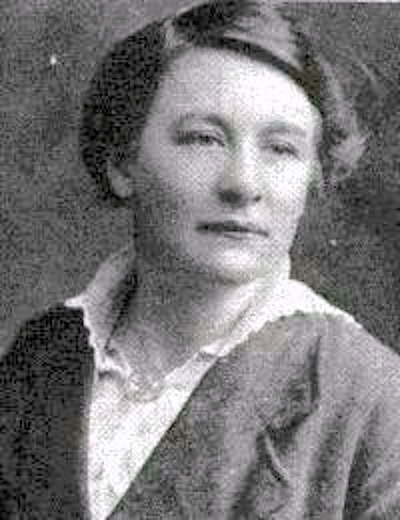
The movement, however, would last less than a year before collapsing, following a series of large-scale wartime arrests. Adela herself would be imprisoned, whereafter she sought liberation via the employment of hunger-striking tactics learned during her formative years as a suffragette. Her attempts would prove successful, but, following her husband’s death in 1943, her ideological zeal begun to dissipate. Subsequently, akin to her withdrawal from suffragette activism decades earlier, she again eschewed politics and retired into obscurity.
Altogether, Adela Pankhurst presents a rather complex figure. Undoubtedly, she possessed an impassioned spirit, always in search of a new cause and/or purpose to fight for; It cannot be a coincidence that her ideological shifts always occurred during bouts of inactivity. Notably, she also never retained a long-term attachment to any particular ideological system. The extent of her political shifts – for example, communist to fascist – present a highly restless and adventurous person, paradoxically capable of profound commitment, but also sudden disengagement.
The forgotten Pankhurst is, however, most significantly also a tragic figure. Her considerable actions and sacrifices as a suffragette have been largely overshadowed by her more prominent kin. Her later character has likewise been overshadowed by her final shift towards fascism. What results is a figure almost entirely ejected from the historical record. Nevertheless, although largely forgotten in public memory, Adela’s life undoubtedly offers a unique lens into the turbulence of early twentieth-century politics.
Thomas Price is an Australian history student, currently studying at the University of Adelaide.
Published: 24th October 2025
